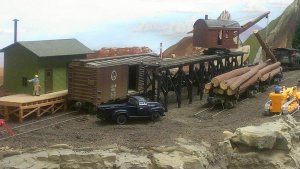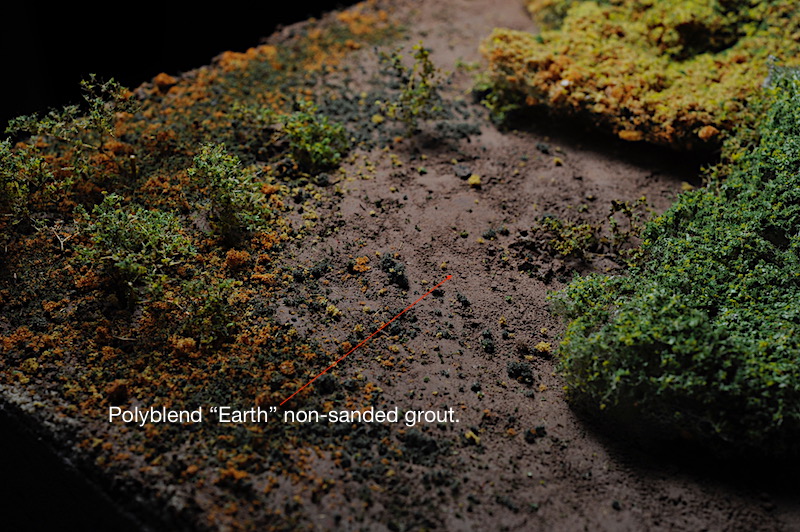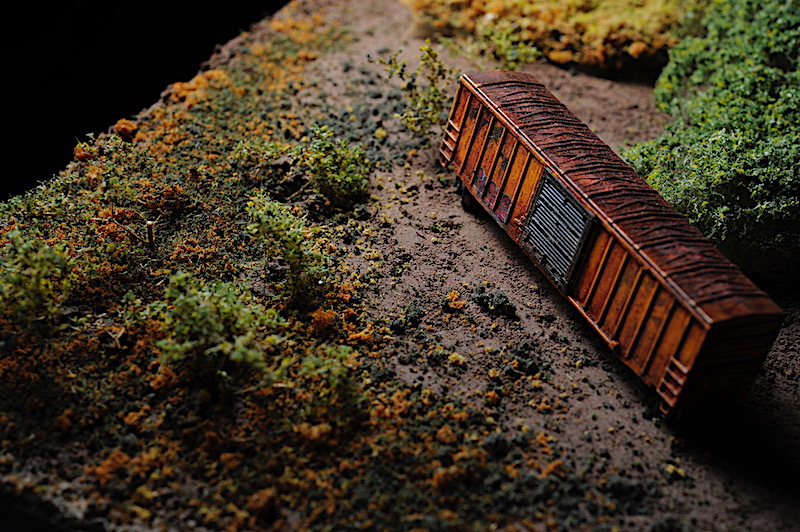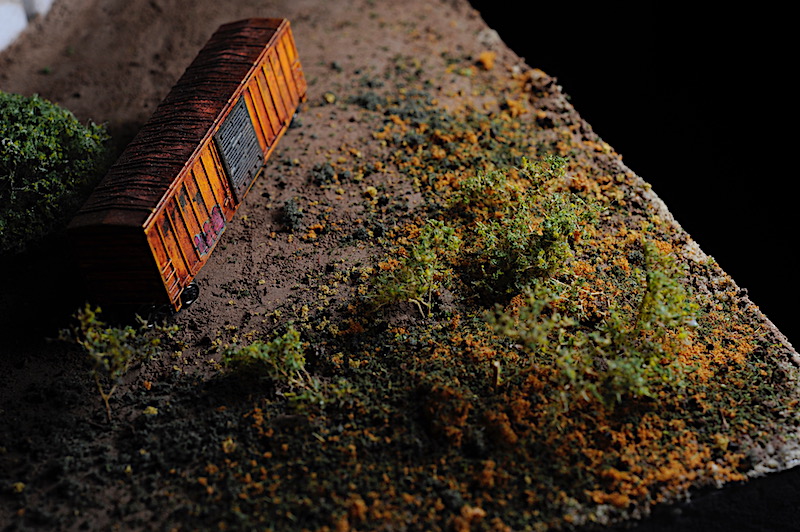PrairieKnight
Active Member
I am contemplating using real dirt on my layout for ground cover. I have been reading where this is quite a process:
1. Sift the dirt through a couple different sized strainers/screens. Depending on how fine a dirt you want to use.
2. Put the dirt in a blender. And if my wife asks... you do not know what happened to her blender.
3. Run a magnet over the dirt.
4. Bake in the oven.
5. Mix in colored chalk if you want to use some dirt as a gravel road.
I have also read that the following steps should be used in putting the dirt on the layout:
1. Spray 70 % alcohol on the area to be covered.
2. Apply (brush on) a 50/50 mixture of glue and distilled water.
3. Spread the dirt on the area.
4. Spray with 70% alcohol
5. Apply more 50/50 glue mixture
6. Vacuum up loose material especially if this is going to be used anywhere near the tracks on the layout.
If anyone knows of a different/better way of doing this, I would love to hear it. The question I have is.... what type of dirt is best to start with? Go out and dig up a bucket full from the back yard? is potting soil better( although it might be a bit dark)
Or perhaps someone has tried this and wished they would have used a commercial scenic ground cover such as Woodland Scenics instead.
1. Sift the dirt through a couple different sized strainers/screens. Depending on how fine a dirt you want to use.
2. Put the dirt in a blender. And if my wife asks... you do not know what happened to her blender.
3. Run a magnet over the dirt.
4. Bake in the oven.
5. Mix in colored chalk if you want to use some dirt as a gravel road.
I have also read that the following steps should be used in putting the dirt on the layout:
1. Spray 70 % alcohol on the area to be covered.
2. Apply (brush on) a 50/50 mixture of glue and distilled water.
3. Spread the dirt on the area.
4. Spray with 70% alcohol
5. Apply more 50/50 glue mixture
6. Vacuum up loose material especially if this is going to be used anywhere near the tracks on the layout.
If anyone knows of a different/better way of doing this, I would love to hear it. The question I have is.... what type of dirt is best to start with? Go out and dig up a bucket full from the back yard? is potting soil better( although it might be a bit dark)
Or perhaps someone has tried this and wished they would have used a commercial scenic ground cover such as Woodland Scenics instead.





